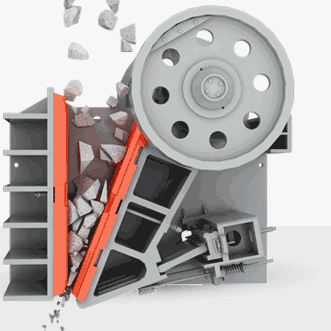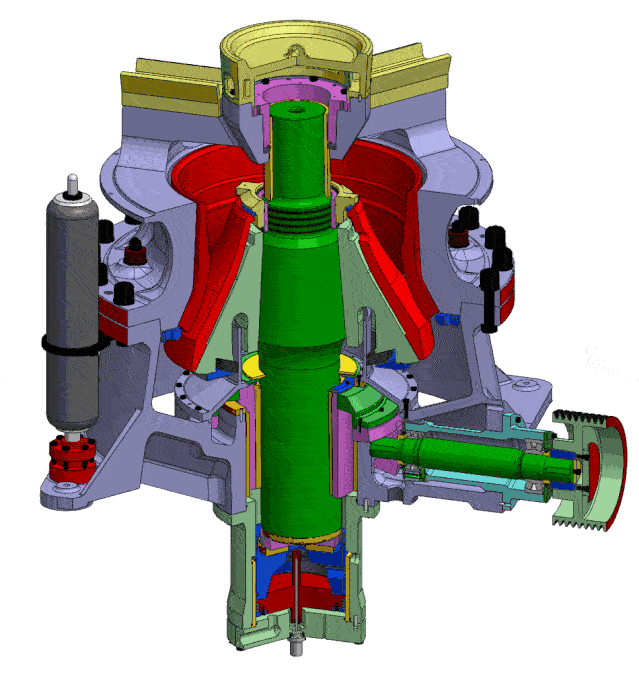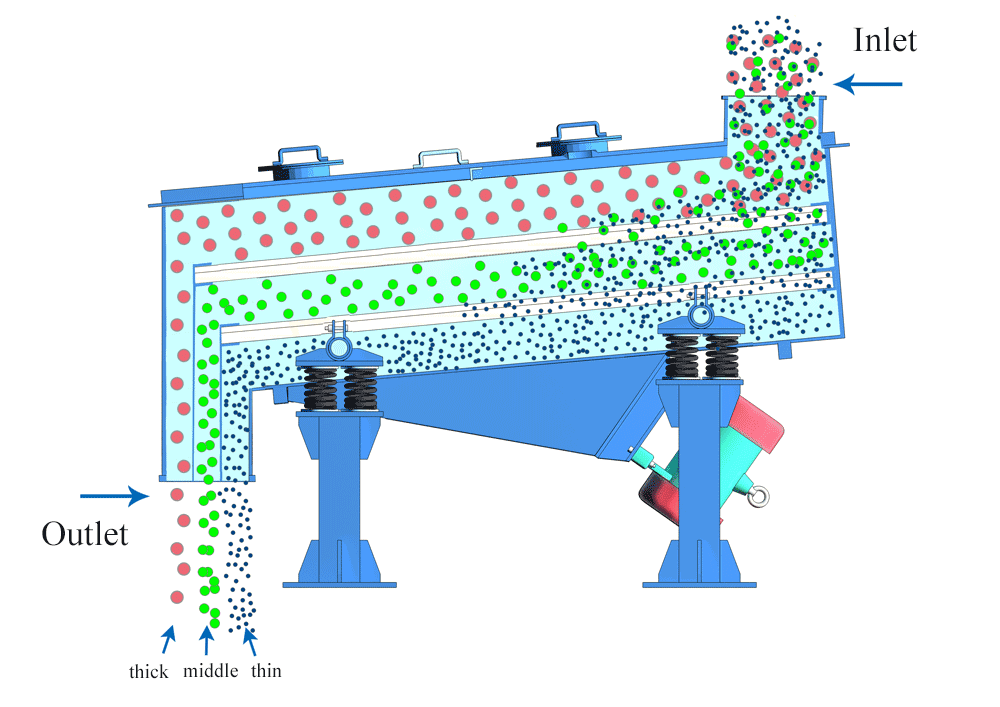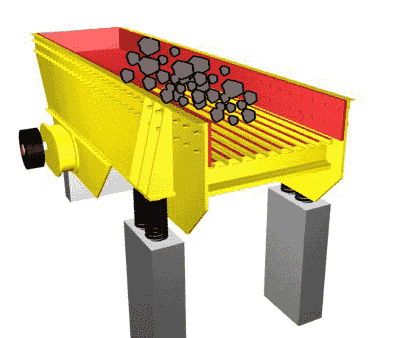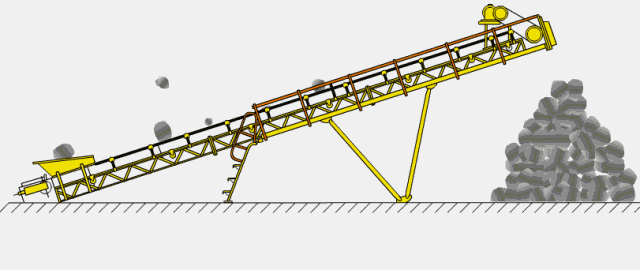This post explores the various operating challenges that arise in a stone crushing plant. It is advisable to read my previous post ‘Anatomy of a stone crushing plant’ before proceeding, as it explains the different material flow, the machines involved and the working principles of these machines. I used the Vrish Industries plant at Biwan, Haryana, India as a case study to illustrate these concepts. In this post, I will share some of the operating challenges that we encountered while running the plant, and suggest some possible solutions to overcome them.
Power Consumption
One of the operating challenges in a stone-crushing plant is the high power consumption of the machines. The machines require very high-power motors that have very high power draw. As a result, power cost accounts for a large portion of the production cost.
Quality Estimate
Another operating challenge is the difficulty of estimating the quality of stone aggregate in real time. The quality of stone aggregate is measured in cubicity (sphericity), which is a measure of the percentage of the stone aggregate samples having a cubic or sphere shape. Having a high cubicity rating has many advantages in usage, which were discussed earlier. However, it is extremely hard to measure the real-time cubicity of the product, which is generally done by sending a sample to a testing lab and waiting for about 48 hours for the results.
Oversize boulders in Jaw Crusher
A common operating challenge is the occurrence of boulders that are larger than the opening of the jaw crusher. As the raw material is dumped into the grizzly feeder using trucks, some of the raw boulders may be too large for the jaw crusher to crush. In this situation, the jaw crusher is unable to crush the boulder and gets stuck at the top of the crushing chamber. This also prevents the rest of the material from being fed into the jaw crusher. In this case, the operator has no other choice but to halt production and either drill the large boulder into smaller boulders or make a small controlled dynamite blast that breaks the boulder. This also means that an operator needs to monitor the jaw crusher at all times.
Wear Parts
All the machines in the plant have a few wear parts that need to be replaced regularly, which are listed below:
Cone Crusher:
Jaw Crusher and Granulators:
Vibrating Screens:
Conveyor Belts:
If the parts are not replaced within the correct time frame, we will experience losses in other processes downstream. For example, if the cone mantle and liner are not changed at the correct time, we will experience a close side setting that is too large even when the main shaft is at the topmost position. This is because the manganese alloy on the mantle has worn so much that even at the highest point of the main shaft, the mantle will not be close enough to the liner. This will cause the output feed to be larger than desirable and more material will recirculate, causing the machines to use more power than needed.
Bushing and Bearing
The cone crusher bushing and the bearing in the jaw crusher and granulator should last a long period, but in practice, they need to be replaced regularly because we are unable to constantly monitor the expected life of these parts and what actions to take to prolong the life of these parts. These parts are also extremely expensive and cause production delays. A major problem that plant managers face is the inability to predict the expected life of a part and thus only get to know when the part has already failed.
Manual Controls for Feeders
The cone crusher and the jaw crusher both have an optimum amount of material in the crushing chamber that aids the best throughput and cubicity. The amount of material is regulated by the grizzly feeder for the jaw crusher and the vibro-feeder for the cone crusher. This is done by an employee who constantly monitors the crusher and makes adjustments accordingly. For example, if the cone crusher does not have enough material in it to run ‘choke fed’, then the employee would increase the speed of the vibro feeder, which will feed more material into the crushing chamber of the cone crusher. It is incredibly important for the cone crusher to run ‘choke fed’ since that encourages rock-on-rock crushing, and as explained earlier, that improves the cubicity of the aggregate.
Throughput Estimate (tons per hour)
The throughput estimate of the plant is an extremely important measurement to ascertain the efficiency of the plant. The technology to measure live throughput is prohibitively expensive, so throughput estimate is done through eye measure.
Motor Wear
Another operating challenge is the high wear and tear of the electric motors that power the machines in the plant. The motors have to handle varying loads depending on the feed, which causes more stress and friction on the motors, especially in the crushers. The motors have to be checked and serviced regularly to avoid breakdowns or malfunctions.
Gear Wear
All the machines have complex assemblies of gears that transmit the power and motion of the motors to the machines. The gears are also subject to wear and tear due to the high torque and speed of the machines. The gears have to be repaired or replaced regularly as and when they break down or the wear affects the performance of the machine.
Excessive Dust during Production
During production, when all the machines are running simultaneously, a large amount of dust is released into the air. This does not affect the quality of the product, but it creates a challenging and unhealthy working environment. The dust can cause respiratory and eye problems for the workers and also pollute the surrounding area. The plant has to install dust suppression systems that spray water or chemicals to reduce dust emissions. The dust suppression systems also require a constant supply of water and regular maintenance.
Motivation for Smarter Systems
The process of stone aggregate manufacturing is a highly manual process that requires constant monitoring and human intervention. The machines have to be adjusted and controlled by skilled and experienced operators who have intrinsic domain knowledge. There are also situations where oversized boulders in the jaw crusher and material overflow in the cone crusher need immediate attention from the operators.
Possible Solutions
There are existing solutions for these problems in other industries, but not in the stone aggregate industry. This may be because of the low inherent value of the stone aggregate itself. However, finding AI solutions for these problems will not only benefit the crushing industry but also other industries where heavy machinery is used.
Some of the challenges may not need deep learning or machine learning methods to find a solution. These are listed below:
Cone Crusher Choke Feed System
As discussed earlier, the cone crusher needs to run choke-fed to encourage rock-on-rock crushing for optimal quality. The feed into the crushing chamber is regulated by the vibro feeder from the stockpile. If the material in the crushing chamber is insufficient for the cone crusher, the vibro feeder’s motor is turned up in speed. Similarly, if the material is overflowing, then the motor is turned down. This is done manually by an operator and needs constant monitoring.
A possible solution for this problem is the use of an automated control system for the speed of the variable frequency drive (VFD) of the vibro feeder. This would require a sensor that measures the level of the rock in the crushing cavity of the cone crusher. There would be a fixed threshold that will represent the point at which the cone crusher is considered to be choke-fed. This would ideally be somewhere at the midpoint of the feed hopper. At the start of production, the VFD will be at full speed until the level measured by the sensor reaches the threshold point. Once the threshold is reached, the speed of the VFD will be adjusted in such a way that the feed level stays at or just below the threshold level.
Here is an example of choke feeding in cone crushers:
In this video, you can see that the feed manages to ‘choke’ the cone crusher, and the feed stays at a constant level. This needs to be constantly monitored by an operator. Our solution will have a sensor that will measure the level of the feed in the crushing chamber and using a PID controller we will control the speed of the vibro feeder in such a way that the cone crusher runs choke fed. The sensor will need to be a non-contact laser sensor that will need to be installed at the top of the cone crusher.
Machine Learning and Deep Learning Applications
The stone aggregate crushing industry has a huge potential for applying machine learning and deep learning techniques to automate and optimize the processes in industrial plants. However, a common challenge in implementing machine learning and deep learning in real life is that real life is much more complex and unpredictable than the curated datasets that are publicly available. This is especially true for the application of these techniques in manufacturing plants, where the working conditions vary constantly. This, along with the lack of publicly available datasets for this specific use case, means that a large effort in data collection is required. We plan to install several sensors to obtain a data stream of the plant during production.
Conclusion
In this post, we reviewed the various operating challenges that we face during the operation of a stone-crushing plant. We discussed some possible solutions to some of the challenges and the machine learning and deep learning techniques that will be used here. In the next post, we will shed light on the sensors needed to be installed for collecting the data to train these models and also to execute autonomous control using pre-trained models.










